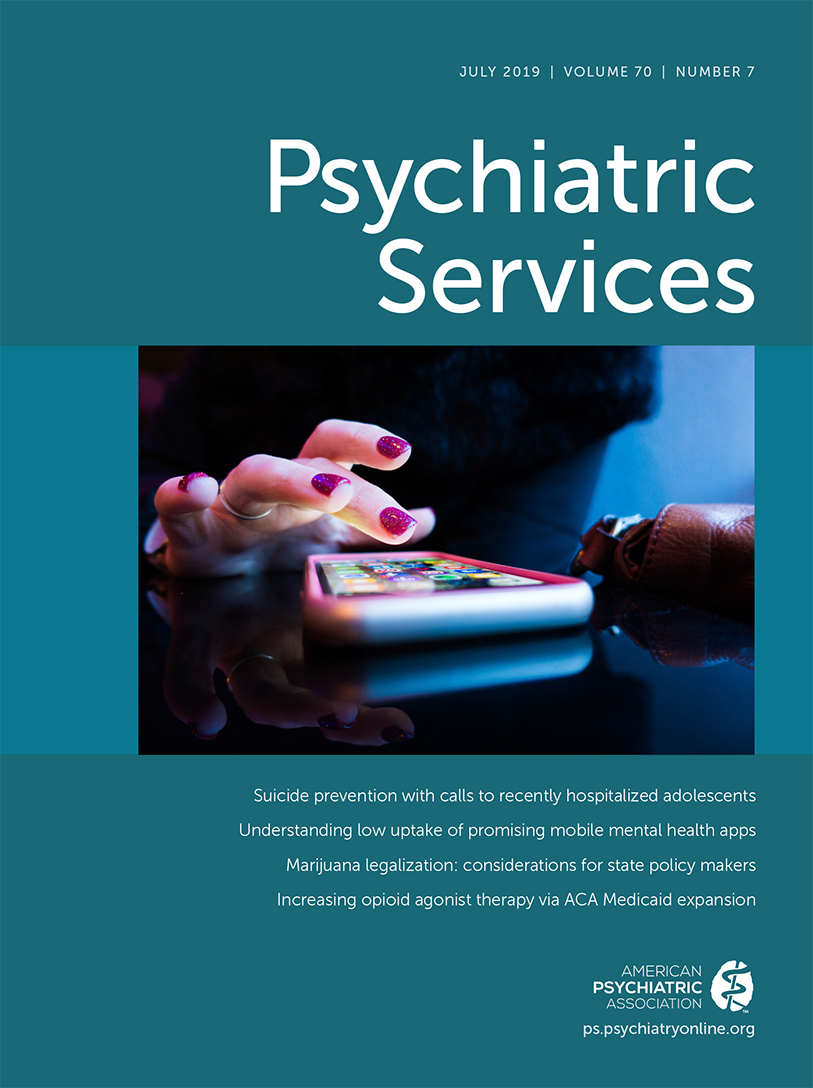Collaboration, Innovation, and Time: A Shared Journey Through Child Psychiatric Consultation in the School Setting
Abstract
About 20% of students in U.S. communities have diagnoses of emotional and behavioral disturbances. Even when mental health services are in place, students and teachers often struggle in the classroom. In this column, the authors describe a partnership with a public school system to provide collaborative, innovative support that also offered a novel training opportunity for child and adolescent psychiatry fellows. Over three years of collaborative work, the child psychiatry team (attending child psychiatrist and two child psychiatry fellows) offered direct clinical care and consultation in a school-based clinic. In later years, the team provided ongoing professional development and consultation to teachers, and the model was implemented districtwide. The authors describe challenges of engaging and working in the school setting, which call on key strengths of an effective partnership: communication, respect, and trust. The multiyear partnership offered a mutually beneficial experience for both educators and psychiatry trainees.



